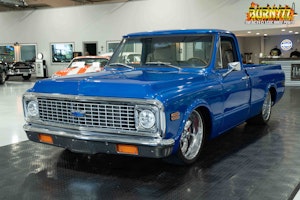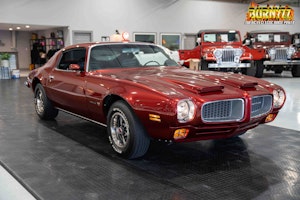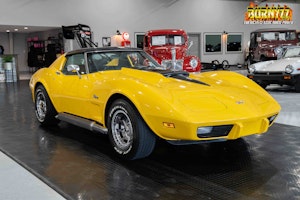Media | Articles
From Russia with Loewy: The U.S.S.R.’s failed world car
He designed streamlined locomotives and streamlined pencil sharpeners. The Studebaker Avanti and the Greyhound Scenicruiser. The Shell logo, the USPS emblem, the Lucky Strike package. A better fridge and a better razor. The livery for Air Force One. And in the mid-1970s at the height of détente, 86-year-old Raymond Loewy, the father of industrial design, took on his biggest client, the government of the Soviet Union, to create a new car for Western showrooms.
The Moskvich XRL (for Experimental Raymond Loewy) was supposed to be the Soviets’ “world car,” a vehicle to showcase the manufacturing capabilities of the Communist behemoth and anchor an aggressive plan to export consumer goods to the West. Loewy himself said it “could well be the most important achievement of my career.”
20181218212651)
Loewy employed a team of young Americans to style the XRL. This early sketch, dated May 4, 1974, shows the car’slow beltline, upward slash at the A-pillar, and wide wheels set at the corners. Loewy envisioned the driver’s seat as separate from the rest of the interior, as illustrated by the black leather. The gold and black exterior highlighted the XRL’s sharp lines.
Instead, the XRL died on the vine, crushed by bureaucracy and shifting economic strategies. Today, the XRL is little more than an automotive footnote, its curious renderings a reminder of what could have been. It is, however, an interesting historical and cultural moment that is worth remembering.
Marketplace
Buy and sell classics with confidence
The article first appeared in Hagerty Drivers Club magazine. Click here to subscribe to our magazine and join the club.
20181218212813)








20181218212645)
20181218212656)
20181218212701)
20181218212805)

